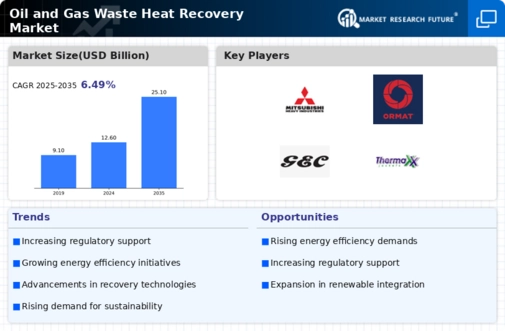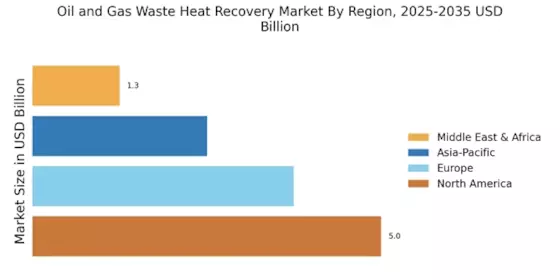In September 2022,Transitional Energy and ElectraTherm signed a Letter of Intent to collaborate on transforming heat waste in the oil and gas industry into electricity. Transitional Energy built a unique system that uses ElectraTherm's ORC technology to generate power from thermal energy generated in the oil and gas industry.
In September 2022,HeatPower 300 Maritime is a new waste heat recovery technology by Climeon. It was created by maritime engineers to improve energy efficiency in the shipping industry by turning waste heat into clean energy, cutting CO2 emissions, lowering fuel usage, and assisting with compliance with stricter environmental standards.
In February 2021,Echogen Power System, a leader in the development of supercritical carbon dioxide-based power and energy storage systems, has achieved a significant milestone. Simens Energy, which licenced Ecogen's patented technology, announced the signing of an agreement to build the world's first SCO2 power plant, which will transform waste heat from a gas turbine into emission-free electricity.
In 2023, the Government of India Ministry of Power established a specialized Centre of Excellence, UTPRERAK, in order to encourage industrial uptake of green technologies and improve countries’ participation in global energy transition.
Strategically, Swiss industrial group ABB Ltd. took minority stakes in UK-based climate tech start-up Tallarna Limited during November 2022. The point of this purchase was to extend ABB’s portfolio with user-friendly energy management technologies and support its Smart Power unit’s digital product line.
On October 13, 2022, Mitsubishi Heavy Industries Marine Machinery & Equipment Co., Ltd designed WHR-ORC system, which is an advanced waste heat recovery system based on Organic Rankine Cycle (ORC) technology. This innovative development addresses the decline in the utilization of waste heat from main engines as fuel efficiency moves up; it contributes to energy efficiency in large vessels.
SAI Tech revealed new liquid cooling bitcoin mining containers for overclocking flexibility in September 2022; SAI Tech CEO Arthur Lee added that these containers were equipped with a waste heat recovery system. “Tankbox and Rackbox are compatible with all air-cooling and liquid-cooling miners on the market with our unique waste heat recovery capability”.
Lafarge Emirates Cement announced its intention to construct an organic Rankine cycle (ORC) waste heat recovery (WHR) plant at its cement manufacturing facility located in Fujairah by August 2022.
For example, ORCAN ENERGY AG signed a long-term supply agreement with North American supplier ICE Thermal Harvesting (ICE) already during February 2022 when it became a waste heat provider. To collect waste heat for use in ICE’s power systems, they delivered 15 Organic Rankine cycles.
Transitional Energy entered into partnership agreements with ElectraTherm who turned oil and gas waste heat into electricity from which virtually no one figured out how to benefit economically earlier than 2022. This followed a successful demonstration of producing geothermal energy from an oil field, indicating the potential market for novel waste heat recovery solutions.
In 2022, ORCAN ENERGY AG, signed a long-term supply agreement with North American supplier ICE Thermal Harvesting (ICE) already when it became a waste heat provider. ORCAN provided 15 Organic Rankine cycle units to collect waste heat for use in ICE’s power systems.


















Leave a Comment